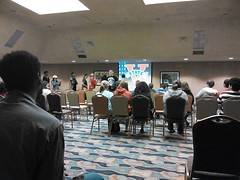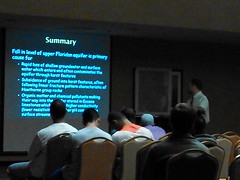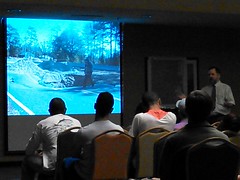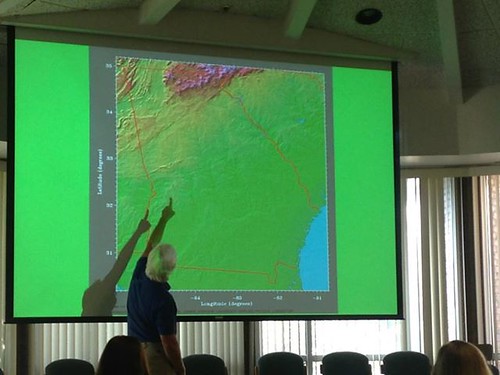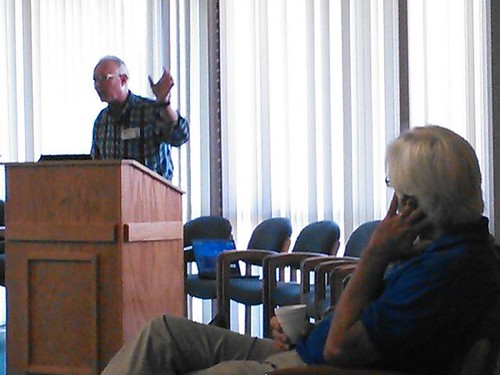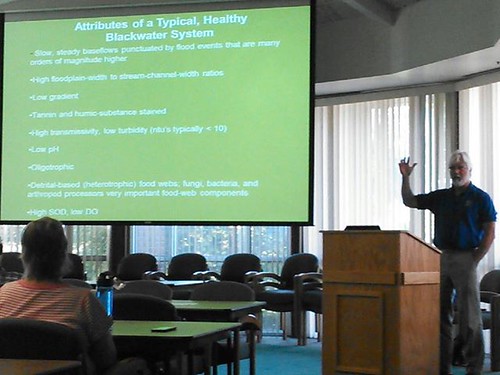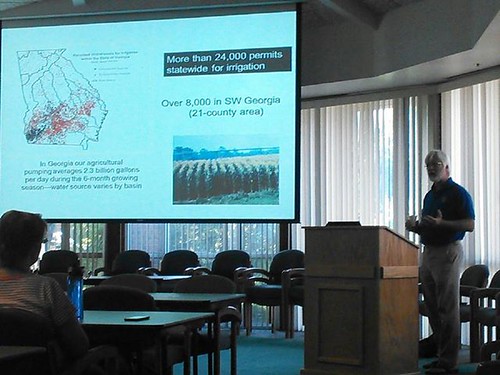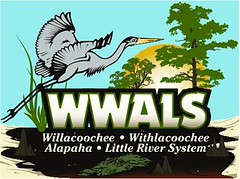 It looks like SB 213 is being resurrected after
falling in the Georgia House in March.
This GEFA ASR meeting is in Newton, which is not far west of Tifton.
When will they be coming for the waters of the Little River, too?
It looks like SB 213 is being resurrected after
falling in the Georgia House in March.
This GEFA ASR meeting is in Newton, which is not far west of Tifton.
When will they be coming for the waters of the Little River, too?
Jim West in the Albany Herald 29 March 2013, Flint River bill fails in the House, quoted Gordon Rogers, Flint Riverkeeper, and then referred to Georgia Water Coalition:
One aspect of the bill river advocates found objectionable was the concept of “stream flow augmentation,” including aquifer storage and recovery, or ASR, which Coalition officials define as “the injection of ground water into the aquifer, which would be extracted later and sent downstream.” According to the Coalition, the process could cause irreversible contamination of the aquifer.
GEFA News 30 October 2013, Aquifer Storage Project Public Meeting Scheduled, Continue reading




